#kanto pokedex
Text

0036
2K notes
·
View notes
Text



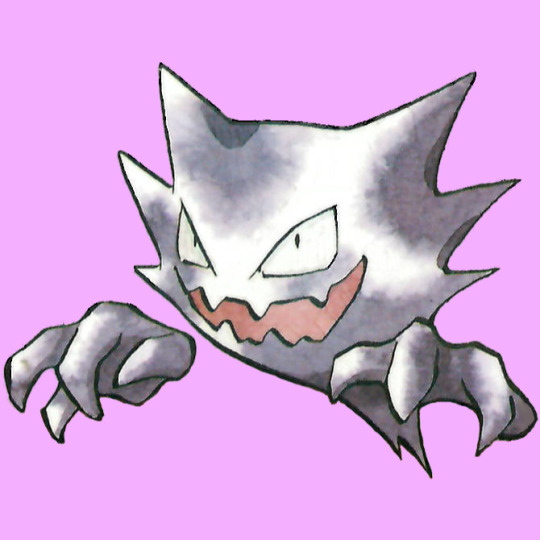
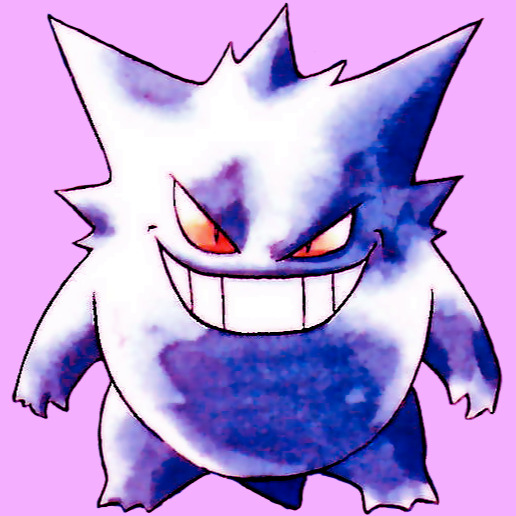
(092) Gastly
(093) Haunter
(094) Gengar
Previous: Shellder line
Next: Onix
#pokemon#pokedex#kanto pokedex#pokedex kanto#gastly#haunter#gengar#such a fucking iconic line#ghost type#anime#art#aesthetic#rpg#video games#2000s internet#old video games#092#093#094#ken sugimori#official art#retro art#anime art
143 notes
·
View notes
Text

Kangaskhan with her kids
#sketches#causmo7#manga fanart#drawings#anime#pokemon#pokemon fanart#kangaskhan#kanto pokedex#cubone
52 notes
·
View notes
Text
Dragonite Facts

(Art by m0kuz0 on Twitter)
-The scientific name for Dragonite is "Serpenta Dracomarita" which roughly translates to "Dragon-seafaring serpent"
-Despite having limbs, Deragonite is still classified as a serpent due to Dratini and Dragonair. Biologically speaking, they seem to be both Serpents and Wyverns
-Because of its many stories of Dragonite saving sailors from shipwrecks, Dragonite has been nicknamed "The sea Guardian" or "Guardian of the Sea" depending on where you're from
-Dragonite don't have many living relatives, but a their closest living relative would be Milotic (it's not even that close though)
-Dragonite are so rare in the wild because they make their homes on small islands in the middle of the oceans where storms are high and the tides are rampant. They live with other members of it's line
-Dragonite are omnivores and primarily eat fruits and fish
-Dragonite are very fond of shiny objects and are known to collect them. In places where Dragonite live, there's often hoards of treasures that they have found
-Dragonite are some of the most docile Draconidae and are often used to help gets be less afraid of larger dragon types. However, wild Dragonite can still be dangerous and they will rampage when angry
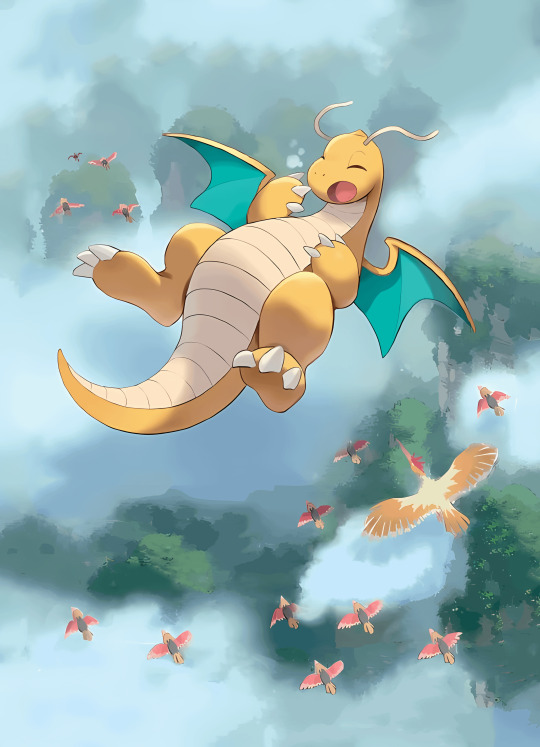
(Art by Atsushi Furusawa)
-Researchers still struggle to understand how Dragonite can fly so well, as their wings would be too small to lift their heavy bodies. However, Dragonite continue to fly due to A) they're wings are stronger than they look B) they do not care for what us meager humans think
-Dragonite are known to get into viscous fights with Kingdra, most often started by the Kingdra's doing
-Due to being dragons, Dragonite don't like the cold at all
-Due to Dragonite being the only naturally occurring Dragon types in Kanto, they're highly praised there, and it's where many of their myths originate
-While Dragonite are naturally found in aquatic environments, they do completely okay on land. Researchers think that the reason Dragonite stay so close to the water is so they can have easier access to fish and Dratini and Dragonair, who spend a lot more time in the water the Dragonite
-Dragonite will shed their scales quite often. Due to Dragonite'a rarity, their scales are highly sought after

#dragonite#quill pokefacts#pokemon biology#kanto pokedex#pokedex#rotomblr#pokemon irl#pokeblogging#pokeblog#irl pokemon#pokemon#pokeblr#rotumblr#pkmn irl#pokemon roleplay#irl pkmn
68 notes
·
View notes
Text

#143 Snorlax
#pokemon#pokemon drawing challenge#I'm drawing all the pokemon#pokemon fanart#gotta catch em all#gotta draw em all#pokedex#pokedex challenge#kanto pokedex#pokemon 151#pikapaints#pkmn#pkmn fanart#snorlax
42 notes
·
View notes
Text
KANTO FROM MEMORY
If you’ve seen my from memory post, here’s the full Kanto dex! Next up is Johto, so stay tuned!



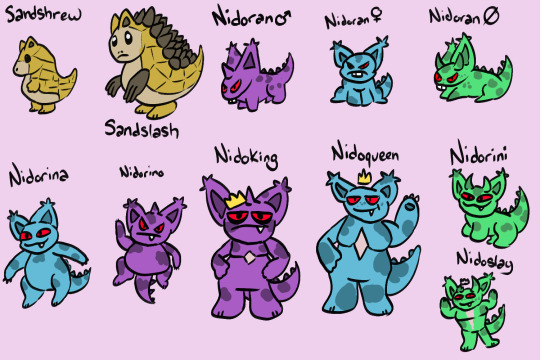
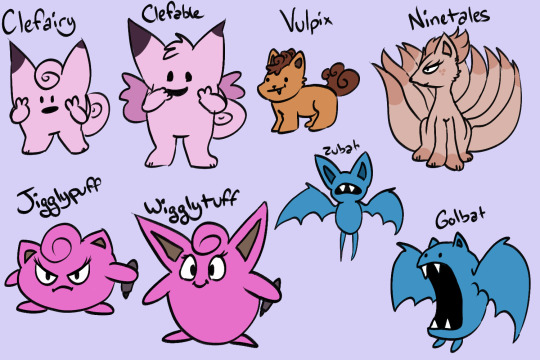

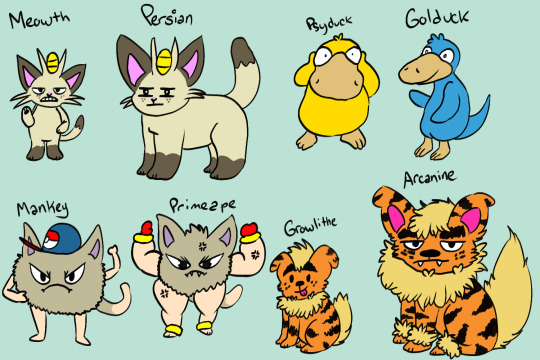
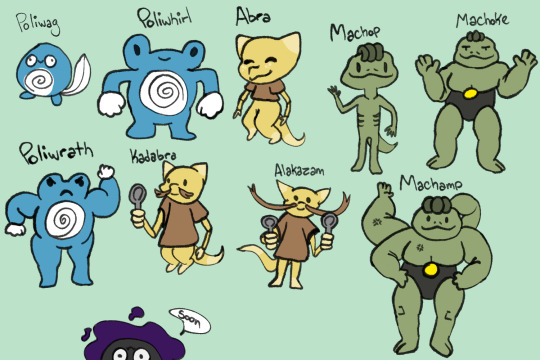
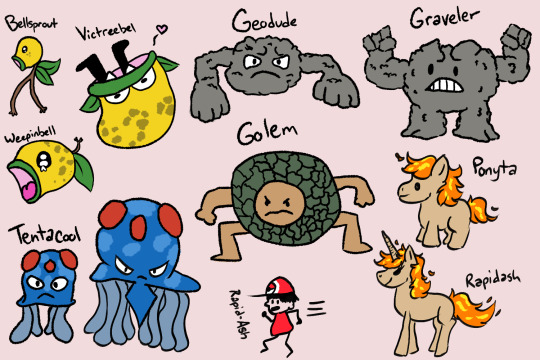





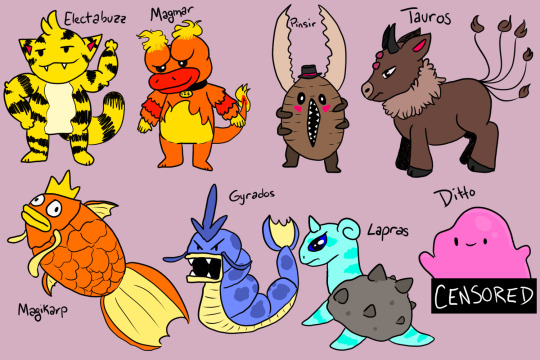
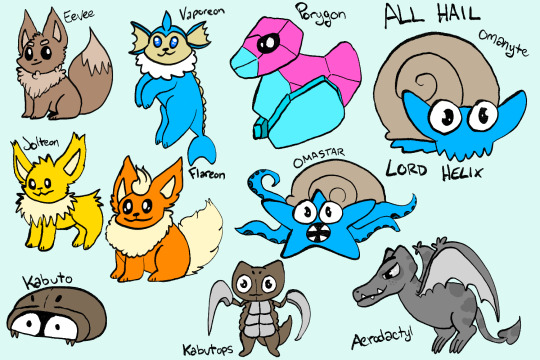

For Johto and following gens - I’ll be posting each page individually and then compiling them all at the end, so peek at my tumblr for sneak peeks!
And if you want, reply with gen 1 fusions and a few of my favorite suggestions will be getting a spotlight!
#Kanto Pokedex#Kanto Pokemon#Pokemon from memory#It's my art and it's a full dex now#Regional forms and megas are probably going to be last#since I have to make the list without images myself
186 notes
·
View notes
Text
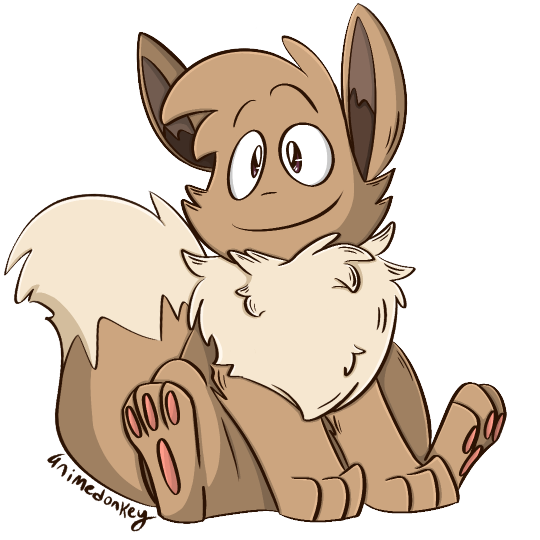



eevee and rhydon from the first 151 pokemon collab!
8 notes
·
View notes
Text
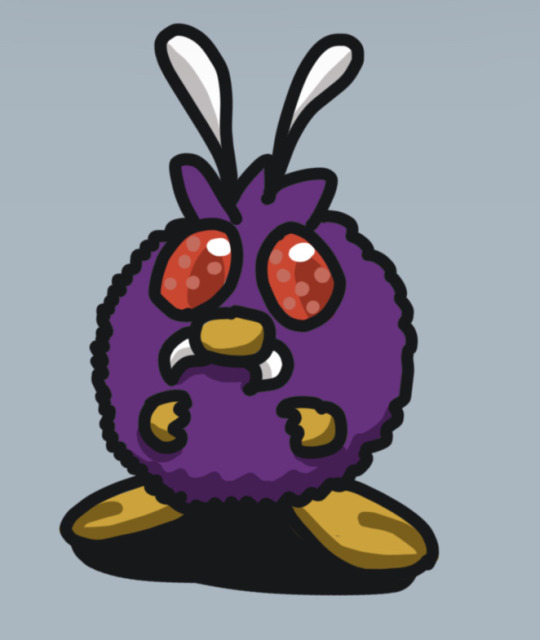
Venonat my beloved
What is a venonat? Like a caterpillar? Mite? I mean it’s not a gnat
#Pokémon#venonat#venomoth#kanto region#kanto pokemon#kanto pokedex#venonat my beloved#but seriously what is it
11 notes
·
View notes
Text
Charmander, Charmeleon, & Charizard
Charmander (#004)
Pygoignus ignusura
General Information: Charmander the Fire Lizard Pokémon. They are famous for their flame tails that mark an individual’s health. In a healthy individual, Charmander’s tail-fire will burn bright and strong even in the rain, while an unhealthy individual will have a small and weak flame. Yes, when a Charmander’s tail-fire goes out, it dies, but understand that the fire is not directly impacted by the environment, rather it is indicative of the Charmander’s internal vitals. The tail-fire can be rained as much as the rain pleases or even be dunked into water and do the Charmander no harm, in fact the fire will cause the water to steam away, but if the Charmander itself is exposed to the elements, its tail-fire will flicker and dim over time. To simplify, the tail-fire is an indication of health and liveliness, not the cause of poor or good health.
Charmanders average at 2 ft (0.6 M) tall and 18.7 pounds (8.5 kg).
Mechanic change: The sex ratio of the Charmander line has been changed from 1:7 to 1:3. Not all of the in-game starters will receive changes to their sex ratios, but some will.
Habitat: Charmanders are found in warm, arid climates of the American Cordillera—this is the mountain chain that extends from Alaska all the way to Chile. They are particularly numerous in the Grand Canyon region of the United States, but can certainly be found elsewhere. There are some smaller, scattered, populations in the northern latitudes, but they do not thrive as much as the populations nearer the equator.
Life Cycles: Charmander eggs are laid as singles or pairs (rarely triplets). They are often born at the start of the summer after being kept warm during the cold season by their parents and whatever warm place their parents were able to find for a nest. There are dedicated Charmander nesting grounds where many Charizards and Charmeleons will arrive at from all over the region, often returning to the nesting ground of their birth. These nesting grounds are found at geological and climate hot spots, such as Yellowstone or desert caves. Charmander eggs that are raised at these specialized sites only need to overwinter there, and will hatch in about 7-8 months, while those that are cared for in colder climates will take 10-15 months, depending on the environment.
The only primary predator of Charmanders are Moltreses. Of course, there are other creatures that will take a stab at a Charmander if given the opportunity, including opportunistic packs of Houndooms or Talonflames, but the rate of predation by these Pokémon is minimal compared to Moltreses. Most predation upon the species occurs at the Charmander stage.
Charmanders often become Charmeleons around 2 years of age. At which point, their parents leave them to return to where they came from.
Behavior: Charmanders are social creatures that will call for others of its kind/pack when they find food. While they certainly have Charizards and Charmeleons around to care for them, its important that Charmanders develop bonds and strong relationships with the other Charmanders in its cohort.
Diet: Charmanders are omnivores who eat fruit and bugs that they can catch.
Conservation: Endangered in the wild. They are threatened by habitat destruction and poaching.
Relationship with Humans: Charmanders and their evolutions are beloved by people. They’re cute little fire lizards who make excellent starter Pokémon and are generally considered safe to be around human children, despite being fire-types. Their sociality as a species makes them great companions, and their strength as they evolve makes them desirable on teams. As with all Pokémon with fire as part of their anatomy, the tail-fires of Charmanders rarely caused accidental harm.
Charmanders are mostly available from Certified Pokémon Breeders, who supply localities with domesticated stock. While they can be found in the wild, they are rare even in their natural habitats, and many states have banned or severely limited the ability for trainers to capture wild Charmanders.
Gameplay Note: Pokedexes are updated with modern catchability laws, and will warn of these laws & record the capture of illegal catches, if not outright stop them. This does not apply to Pokedexes that have been hacked (or built) to prevent this, of course.
Classification: Pygoignus ignusura is the scientific name of Charmander. Both the genus name and the species epithet mean “fire tail.”
Charmeleon (#005)
Pygoignus cepheloceros
General Information: Charmeleons are the evolved form of Charmander.
They average at 3’07 ft (1.1 M) and 41.9 pounds (19 kg).
Habitat: They live in warm, arid environments of the American Cordillera.
Life Cycles: Charmeleons are the awkward middle stage of the Charizard life cycle. They are strong and freshly independent of their parents and capable of reproducing themselves—if anyone will take them. They’ve developed strong bonds with the others in their cohort, and they’re ready to prove themselves to the others. This is the stage where Charmeleons will do a lot of stupid things (much like teenagers and young 20-somethings do in humans) in an effort to stake their identity and learn about the world around them. Because of this, Charmeleons may not be predated upon as much as Charmanders (but Moltreses still like eating them), but they do risk Death By Doing Something Stupid And Reckless. Maybe they picked a fight with a Tyranitar! Maybe they went climbing up the wrong mountain during the wrong season, who knows!
It's hard to say how long Charmeleons live for, but it can certainly take anywhere from a few years to a decade or longer to become a Charizard.
Behavior: Charmeleons are reckless, aggressive, and hot-headed. They love to pick fights with each other and other Pokémon. This is an important developmental stage for them as they grow in strength and learn to be the powerful dragons that they are destined to become one day. Strength is the name of the game amongst Charizards, and Charmeleons must learn to be strong—which involves being an idiot and reckless teenager, first.
In addition to their efforts at learning to be strong and powerful and wise to the world, Charmeleons take it upon themselves to care for the Charmanders at the hatching grounds. While there are certainly some Charmeleons who go off to explore the mountains, there are many who stay at the hatching grounds that they grew up in, since they are unable to fly away with the Charizards. But remember that not all Charmanders were raised at specific hatching grounds, and some blazes are able to raise their Charmanders at home, meaning not all Charmeleons are truly parentless upon evolution. In cases where the blazes, normally ones who have the means to raise eggs in their home territory are then brought up with greater attention from the blaze as a whole, including the passing of specific knowledge and wisdom about the local environment. These Charmeleons are less likely to find mates at this stage in life than their counterparts at the hatching grounds (who may find mates from the other Charmeleons or other Pokémon), but they are also more likely to survive to become a Charizard. Pros and cons.
Diet: Charmeleons are omnivores who eat fruits and whatever small prey they can catch.
Conservation: Endangered
Relationship with Humans: Charmeleons are known for being the Difficult Stage in raising a Charmander, and more than one Charmeleon has been abandoned at this stage in its life because of attitude problems. Domestication has done little to curb those tendencies.
Classification: The species epithet is “cepheloceros” which means “horned head.”
Evolution: Charmeleons evolve from Charmander at level 16.
Charizard (#006)
Pygoignus lacertardere
General Information: Charizard is the final evolution of Charmander and Charmeleon, known as the Flame Pokémon. They are powerful Pokémon, apex predators of the ecosystems that they inhabit.
Charizard has 3 temporary forms: possessing two mega forms (Mega Charizard X and Mega Charizard Y) and a Gigantamax form.
Charizards average at 6’7 feet (2 M) tall even in their mega forms, but are certainly capable of being far larger, especially in the wild. Regular Charizard averages at 235 pounds (106.6 kg), Mega Charizard X is 278 pounds (126.1 kg), and Mega Charizard X is 256 pounds (116.1 kg). Then the Gigantamax form Charizard is over 91’10 ft (28 M) tall with an unknown weight average.
Habitat: Charizards can be found all over the Southern latitudes of the American Cordillera*. They often live in separate blazes from Charmeleons and Charmanders, but not necessarily. Places that are dedicated to Charizard-only blazes are called Charicific Valleys. These places are normally protected by Rangers and often their locations are kept secret by locals and state officials, for conservation reasons.
* It is possible that there could be a regional variant of Charizards that are better adapted to the colder climates of Northern Latitudes, in which case there could be Charizard populations covering the entire extent of the American Cordillera, from the Andes of South America to the Aleutians of Alaska.
Life Cycles: Charizards normally reach this stage in at least the fifth year of life, but it can take decades longer. They are known to live upwards into the 100s and 200s, typically only dying from disease, organ failure, starvation, or from each other.
When it’s time to find a mate, male Charizards will compete aggressively and violently for the attentions of the females. In fact, these duals can become lethal and are the primary way that Charizards die: from each other. Strength is not the only determining factor though, and personality (including sociability and tenderness toward Charmanders) is important too, and it varies from each individual what they value more.
Charizards will copulate every several years, varying widely between individuals. Whether they migrate to hatching grounds or stay home to raise their eggs, depends largely on where they live or what blaze they are from. When they do raise Charmanders, they will remain with the babies until they evolve into Charmeleon. The females are the most likely to return to the blazes of their parents when the opportunity presents itself, but in truth blazes are often comprised of unrelated individuals, multiple sets of different cohorts who set out together as fully fledged adults to find blazes to call home. The initiation process can be brutal for newly fledged Charizards, but once a Charizard has been accepted into the blaze, they are a member for life unless extraordinary circumstances should force them to be exiled.
Behavior: Charizards do not have any true hierarchy to their blazes. They are aggressive but loyal to each other, a “we can beat each other up as much as we like, but if outsiders try to fuck with someone they’re going to find out what happens when an entire blaze of Charizards is mad at you.” They are hypersocial creatures at their core, who become depressed and lonely without others in their “pack” and are keen on being helpful to each other. This also makes them ideal companions for trainers, and is why many localities have trained Charizards to fly people around.
Diet: Charizards are omnivores that eat fruit and whatever medium-sized game they can catch. They generally find humans distasteful and too bony.
Conservation: Endangered
Relationship with Humans: Charizards are extremely popular with humanity. They’re cool, they’re big, they’re orange, they’re dragons—wait, no they’re not! Whatever! A dragon is a dragon is a dragon. They’re ferocious but loyal, dangerous but friendly, and they are immensely useful to Pokémon and Emergency Organizations the world over. They’re popular in merchandise, they’re popular in children’s literature—there’s even a Charizard on Tuesdays with Turtwig named Charla who delivers the mail! Charizards are the ultimate cool Pokémon.
They may be endangered in the wild, but their conservation is a high concern to modern humans. Many Charicific Valleys are closely guarded, and the Charmander Hatching Grounds are tightly guarded secrets amongst the Pokémon Rangers it concerns. Unfortunately, their life cycles are not terribly conducive to rapid repopulation from poaching and habitat destruction, but the effort is there.
Classification: The species epithet of Charizard is “lacertardere” which means “blaze lizard.”
~~~~~~~~
Hey guess what, if you like my stuff, this is my website where you can find other Pokémon I've written on and more information about the game that I’m slowly making! Check it out! I write books sometimes too.
#charmander#charmeleon#charizard#pokemon#pokemon biology#pokemon biology irl#pokemon irl#pokemon tabletop#pokemon biology irl tabletop#tabletop homebrew#tabletop#ttrpg#homebrew#gen 1 pokemon#pokemon gen 1#gen 1#pokemon red and blue#pokemon red and green#pokemon firered and leafgreen#kanto#kanto pokemon#kanto pokedex#original 151
7 notes
·
View notes
Text
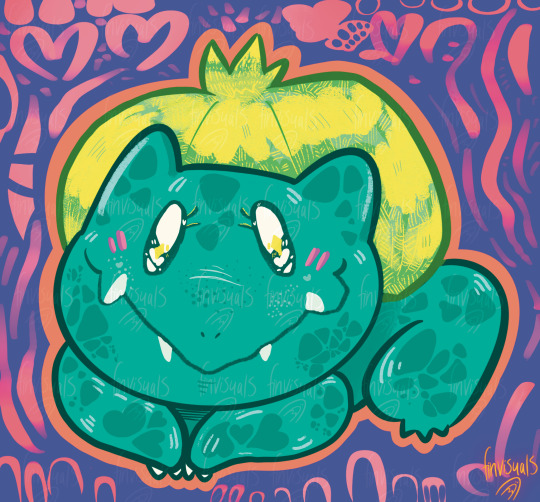
💕💚🍃 the eyes of an angel~ 💕💚🍃💚💕💐
#bulbasaur#Fushigidane#pokemon#pokémon starters#kanto pokemon#kanto pokedex#artists on tumblr#artists on instagram#abstract#plant dino#my art#my stuff#<333#art
29 notes
·
View notes
Text

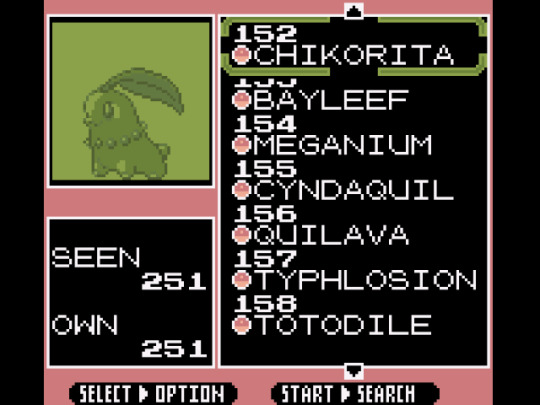
Gen 2 defeated!
#pokemon#pokemon crystal#pokedex#complete pokedex#gen 2#gen 2 pokemon#gameboy pocket#gameboy color#johto#johto pokemon#kanto#kanto pokedex#kanto pokemon#johto pokedex
5 notes
·
View notes
Text


0058
1K notes
·
View notes
Text
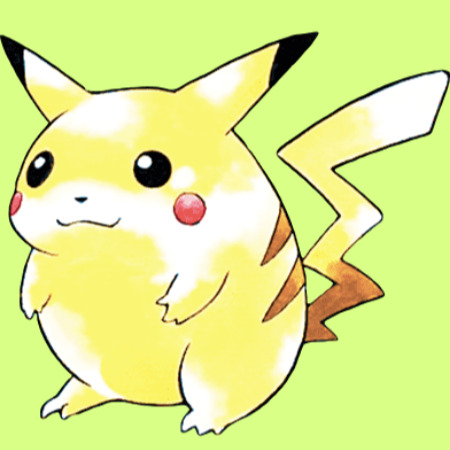


(025) Pikachu
(026) Raichu
Previous: Ekans line
Next: Sandshrew line
#Pokemon#pokedex#kanto pokedex#pikachu#raichu#art#rpg#video games#025#026#ofc pika gets two pics#aesthetic#chunky pikachu#2000s internet#anime
23 notes
·
View notes
Text
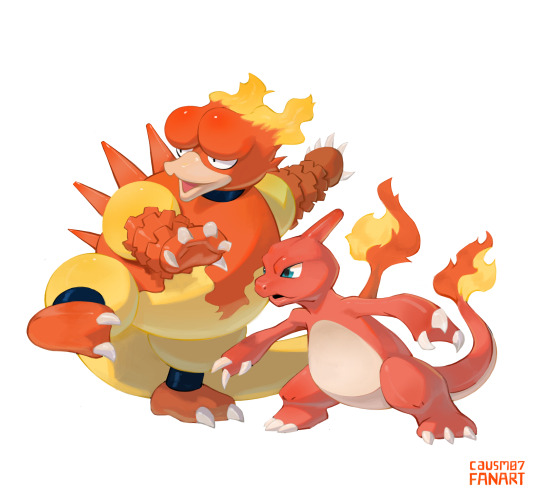
Magmar and Charmeleon
64 notes
·
View notes
Note
Do you happen to know facts about Porygon-Z…
Porygon Z Facts
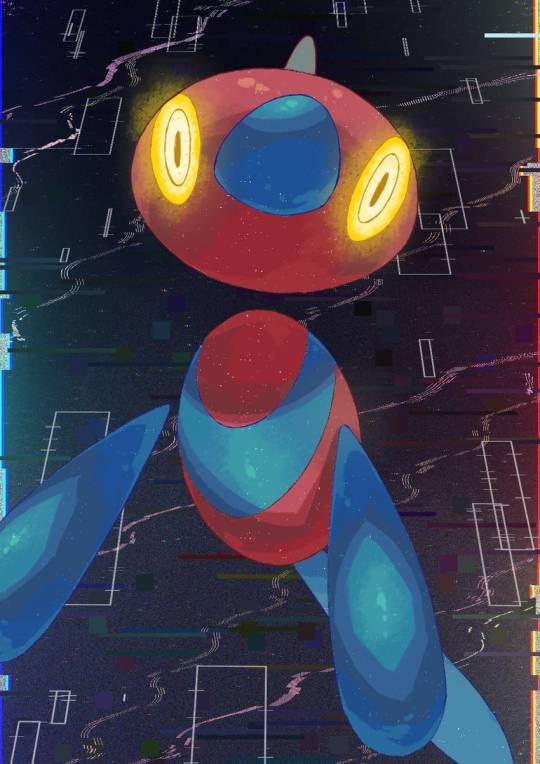
(Art by inyo 24 on Danbooru)
-The scientific name for Porygon Z is "Fractis Polygonus" which roughly translates to "Broken polygon"
-As of now, the Porygon line is one of the only Pokemon the public is aware of that was made in a lab. They also have a copyright, so other companies can't make them
-Porygon Z is also the newest Pokemon evolutionary wise due to the fact that they have no ancestors or relation to other pokemon whatsoever. They were just made in the early 200s
-While Porygon Z are very strong, they are very weak and have sacrificed their stability for strength, which is why they are so glitchy and have erratic movements
-There is a theory that Porygon Z were made to travel to different dimensions, however, this theory has not been confirmed. The Pokedex talks like it has been, but when asked about it, Silph Co. denied anything
-But, Porygon Z do very well in space because they don't need to eat or breathe. Many Space Organizations will send Porygon Z into space due to their unique abilities as well
-Porygon Z also don't feel any pain, but they can feel when something is wrong. To them, it just feels like an unscathed itch
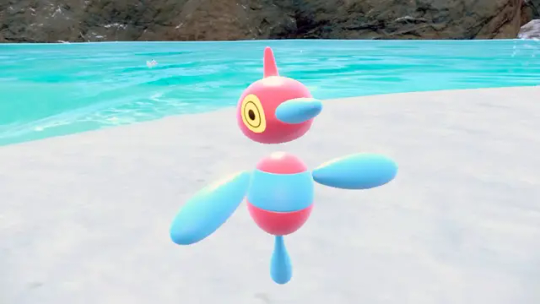
-Porygon Z can't die of old age or illness. BUT, they can die from computer viruses. If your Porygon, any member of the line, gets a virus, take them to a computer specialist, not the vet
-The entire Porygon line is able to breed asexually. I'm going to be honest, I don't fully know how they sexually breed with other Pokemon because their genes are entirely code. Researchers at first thought it'd be a ditto situation, where crossbreeds are impossible, but they are able to crossbreed. Now, they think it's something about the code potentially editing their sperm to fit their mate if it's a different species, but I'm still confused about it myself
-Porygon Z and the rest of it's kine can go in phones, but they prefer computers (this is why I plan to get a rotomphone soon bcuz I feel bad using a poryphone). Porygon Z are known for doing terrible in phones however, because their glitchiness constantly makes the phone break
-Despite first being made in the 1990s, there are some old Hisuian texts depicting members of the Porygon line. Researchers believe that this is due to the Space-Time distortions that plagued ancient Hisui
-The entire line don't have hearts. Or internal organs. I genuinely don't even know how this thing is alive
-Porygon Z do have a brain, but it's code and is scattered across their body and moves around constantly, making their behavior and psychology difficult to study
-Their antenna can pick up on radio waves which help them find technology
-Porygon Z can injure themselves if they glitch out too much, so be prepared to put them into their pokeball if this happens. Their glitchy nature can also damage code, so be weary of that too

#//the brain thing seems weird but Octopus have the same thing so it's not that strange (the brain doesnt shift constantly for them i think)#porygon z#quill pokefacts#quill awnsers#rotomblr#pokemon irl#pokeblogging#pokeblog#irl pokemon#pokemon#pokeblr#rotumblr#pkmn irl#pokemon roleplay#irl pkmn#pokemon biology#pokedex#kanto#kanto pokedex
28 notes
·
View notes
